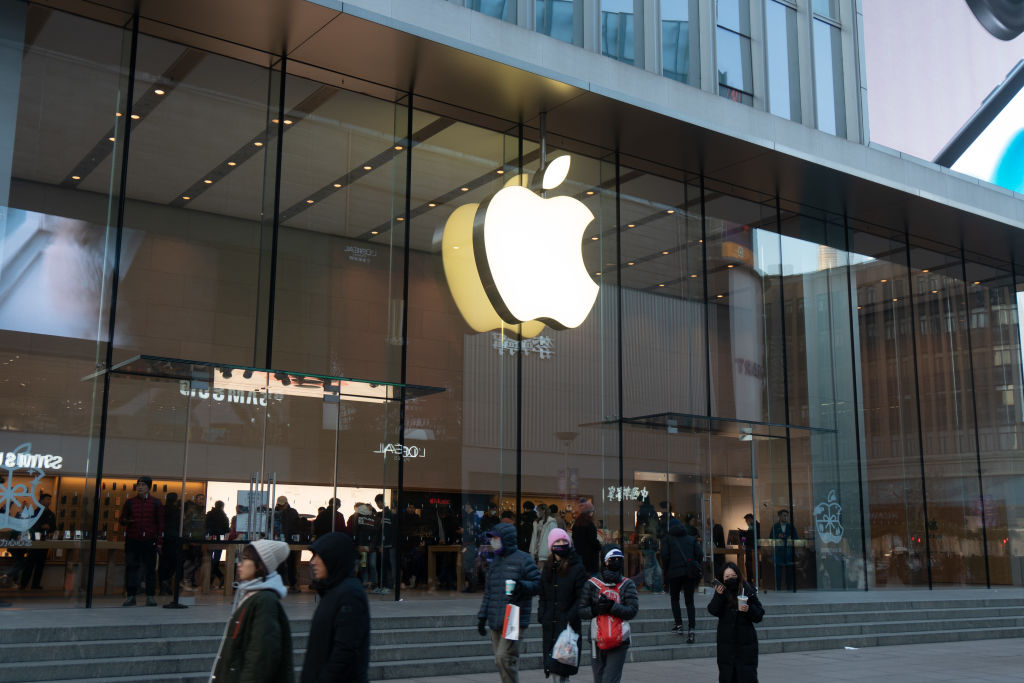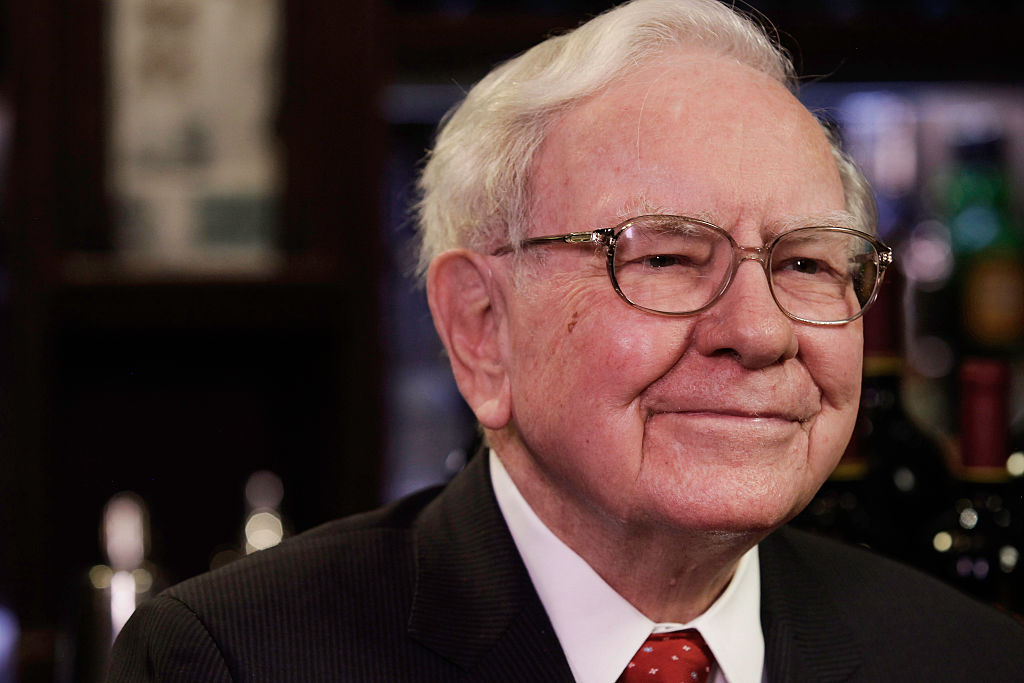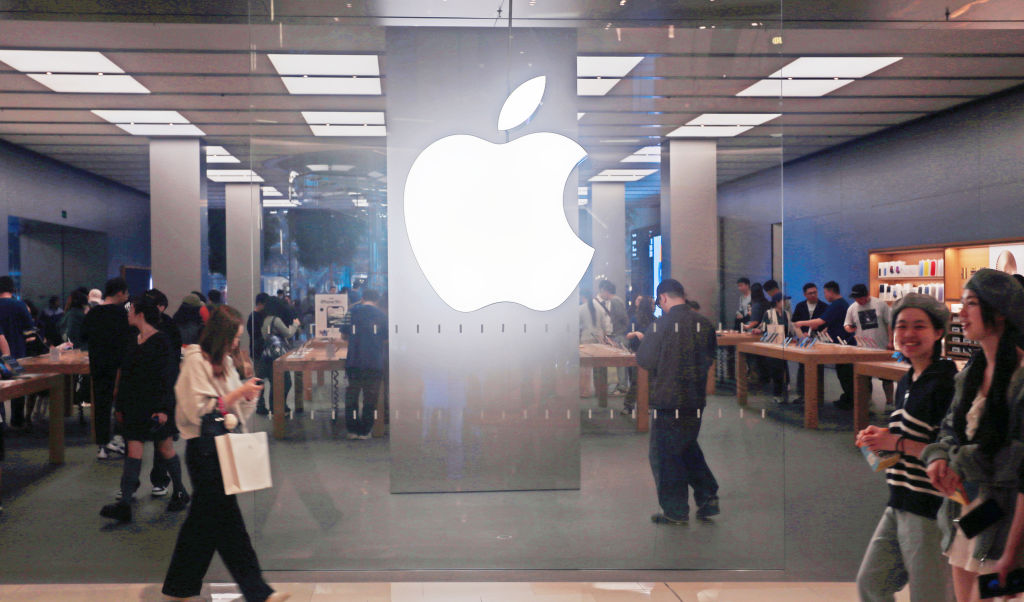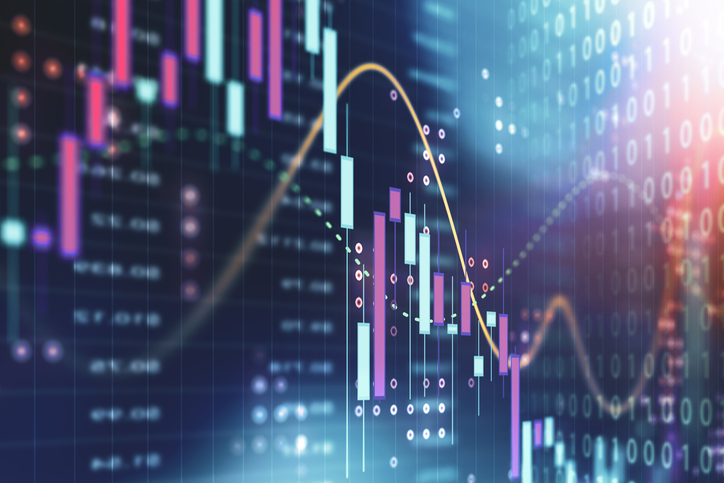8 Stocks With Star Potential
Could one of these picks be the next Apple?

If you had bought $20,000 worth of stock in Apple (symbol AAPL) a decade ago, you’d be a millionaire. The shares have lately been trading for just less than $600—a little more than the base price of a new iPad. A simple question arises: How can you find tomorrow’s Apple today?
Apple’s story, which Walter Isaacson relates in Steve Jobs, his excellent biography of the company’s late co-founder, is one of a kind. Jobs, an abusive and strong-willed boss, knew what he wanted—which was sometimes the wrong thing. But he persevered. Kicked out of the company in 1985, he was welcomed back in 1997 and transformed the business with elegant technology that not only satisfied customers’ practical needs but also fulfilled their deep emotional desires.
Today, Apple has the largest market capitalization in the world—more than $500 billion—largely on the strength of two products that were introduced in just the past five years and now represent three-fourths of the company’s sales, which have jumped from $5 billion to $108 billion in a decade.

Sign up for Kiplinger’s Free E-Newsletters
Profit and prosper with the best of expert advice on investing, taxes, retirement, personal finance and more - straight to your e-mail.
Profit and prosper with the best of expert advice - straight to your e-mail.
What Makes Apple and Other Companies Worthy Investments
If you’re looking for a company—and a stock—that replicates the Apple narrative, forget it. But there are characteristics of Apple’s success that investors should seek in other companies. Look for:
A strong leader with a clear vision and a perspective that looks far beyond next quarter’s earnings.
Products that combine art and science and touch customers’ hearts.
A great global brand—built on a transformative idea—that serves as a moat, keeping competitors at bay.
The confidence in the quality of a product to charge high prices.
A strong balance sheet to help the company survive inevitable rough times.
A huge potential market.
Oh, and it would be nifty to find these elements in a firm that has proved itself in the past but is not properly loved by investors in the present—as was the case with Apple in 1996, 2003, 2009 and, indeed, today.
The Contenders
Let’s start with Netflix (NFLX). The disruptive technology that founder Reed Hastings introduced in 1997 was as elegant as an iPod. Instead of trekking to the video store, you ordered movies online, DVDs arrived by mail, you kept them as long as you wanted and mailed them back for more—all for a monthly subscription fee. The service was so compelling that Netflix forced Blockbuster and other video chains to find a new business model or go out of business.
I’ve been a fan of Netflix since it went public in 2002. It was clear from the start that as broadband spread, Netflix customers would be able to receive their movies over the Internet, eliminating the cost and inconvenience of mail. That has happened, but Netflix has not managed the transition well. After the company announced a new subscription system, earnings fell and the stock plummeted, from $299 in July 2011 to $62 last November, as customers balked at higher prices.
I have faith that Netflix will recover, just as Apple did. In the first quarter, the number of paid subscribers rose to 27 million, from 22 million a year earlier, and revenues increased more than 20%. Netflix is built for the long run, with a balance sheet that elicits an A rating for financial strength from the Value Line Investment Survey. And the company is now turning its attention abroad. International subscriptions have jumped from 800,000 a year ago to three million. Meanwhile, Netflix shares continue to languish, trading at $73 (all prices are as of May 4).
A second attractive choice is Zynga (ZNGA), which went public only last December at $10. The shares ran up 50% by early March, but have since skidded to a bit more than $8. Investors are clearly having a hard time deciding what Zynga—which makes online social games, such as FarmVille and Words With Friends—is really worth. The games are available on Facebook and on smart phones. Zynga manages to connect with its customers in a visceral way, with games that verge on addictive. Tiny payments by users last year added up to more than $1 billion in sales.
Mark Pincus, a serial entrepreneur with degrees from the University of Pennsylvania’s Wharton School and the Harvard Business School, founded Zynga in 2007. Just as a bet on Apple was a bet on Jobs, a bet on Zynga means you’re all in on Pincus. He is a former investment banker with a long view—reflected in the fact that Zynga spent a whopping $727 million on research and development last year, the major reason the company lost $404 million. But the initial public offering gave Zynga a large cushion against further deficits: Its balance sheet shows $1.8 billion in cash and investments and no debt.
Pincus was reportedly set to score a 10,000-fold profit on his initial $40,000 investment in Facebook when the social networking giant went public (it was set to do so in May). You won’t do as well with Zynga, unless you think its market cap will reach $60 trillion (four times the size of the U.S. economy). But it’s not hard to imagine Zynga eventually delivering what Peter Lynch, the legendary former manager of Fidelity Magellan Fund, called a “ten-bagger,” or even a 100-bagger.
Not all future Apples are in tech. Chip Wilson, a surfer, founded Lululemon Athletica (LULU) in Vancouver, Canada, in 1998 to sell women’s athletic clothing, mainly for yoga, made from proprietary fibers with names such as Luon and Luxtreme. The stock debuted in 2007 at $18, fell to $2 in 2009, and now trades at $78, with a market cap of $11.2 billion.
Just as Apple is more than gadgets, Lululemon is more than clothes. A recent article on Brandchannel.com says that Wilson is out to “inspire his customers…on a journey of self-esteem and empowerment.” You can read the firm’s “manifesto” on the walls of its stores, with such pithy maxims as “Do one thing a day that scares you” and “Dance, sing, floss, and travel.” When Lululemon customers shop, they, like Apple customers, buy an experience as well as a yoga wardrobe—and they pay up for it. “City practice pants,” for instance, go for $98.
Sales have more than doubled in two years, passing the $1 billion mark in an environment that has been rough for most retailers. Profits have more than tripled, and Lululemon has $400 million in cash, with no debt. Analysts, on average, estimate that Lululemon will earn $1.63 per share in the fiscal year that ends next January. So the stock trades at nearly 50 times forecasted profits. But analysts also project that profits will rise at an annualized pace of 29% over the next three to five years, so both the company and the stock have a lot of room to grow. Nike, after all, had $21 billion in sales last year.
In my column last month on Internet retailers, I recommended two other companies that could be future Apples. Although both are already large, Amazon.com (AMZN) and eBay (EBAY) could still become five- or six-baggers. Another high-tech possibility, although in the health care arena, is Gilead Sciences (GILD). Gilead is a biotech firm with a strong leader, John Martin, and it has made major discoveries of therapies to fight HIV/AIDS, heart disease, hepatitis and other illnesses.
Two surprises on my list epitomize the resurgence of industrial America. Dow Chemical (DOW), led by Andrew Liveris, is taking advantage of what may be the most important economic game changer of the coming decade: cheap natural gas. And Ford Motor (F), under Alan Mulally, could become the global leader in the fragmented auto industry.
Ford, which refused a bailout, has seen its profits jump from $3 billion to $20 billion in the past two years. At $11, Ford shares are down 29% in the past year and trade at 7 times estimated 2012 earnings.
My final prospective Apple is Apple itself. Not only does it still have all the Apple attributes, minus Steve Jobs (but still guided by his vision), it has a price that seems utterly uncorrelated to its achievements. At $565, Apple trades at just 12 times estimated 2012 profits. Apple still has plenty of room to grow—especially in Asia, which, if current trends continue, will pass North America as the company’s biggest regional sales generator in a year.
The most important thing to remember when looking for the next Apple, however, is that luck plays a big role. So don’t put all your chips on one company. Spread them around. You can afford to absorb a lot of busted bets if you hit a 50-bagger.
Get Kiplinger Today newsletter — free
Profit and prosper with the best of Kiplinger's advice on investing, taxes, retirement, personal finance and much more. Delivered daily. Enter your email in the box and click Sign Me Up.

-
 Designing Your 'Immortal' Financial Plan
Designing Your 'Immortal' Financial PlanExplore an approach that offers solutions for those navigating the intersection of longevity, fulfillment and financial security.
By Dennis McNamara
-
 How to Protect Your Privacy While Using AI
How to Protect Your Privacy While Using AIHow to keep your information and finances safe while using AI, including ChatGPT and Perplexity.
By Bob Haegele
-
 Wall Street Is Worried About Apple Stock. Should You Be Too?
Wall Street Is Worried About Apple Stock. Should You Be Too?Analysts expect Trump's sweeping tariffs to have an outsized impact on Apple stock. How concerned should investors be?
By Karee Venema
-
 The Stock Market Is Selling Off. Here's What Investors Should Do
The Stock Market Is Selling Off. Here's What Investors Should DoInvestors started fleeing the equities market en masse in response to the Trump administration's "jaw-dropping" tariffs. But the experts say don't panic.
By Karee Venema
-
 Should You Sell Tesla Stock as Elon Unrest Grows?
Should You Sell Tesla Stock as Elon Unrest Grows?Tesla's CEO is wearing many hats and is managing them "with great difficulty."
By David Dittman
-
 5 of Warren Buffett's Best Investments
5 of Warren Buffett's Best InvestmentsWarren Buffett has had plenty of wins throughout his decades of investing. Here, we highlight five of Buffett's best investments.
By Kyle Woodley
-
 Apple's 100,000% Return Is a Result of Innovation, Brand Loyalty and Buybacks
Apple's 100,000% Return Is a Result of Innovation, Brand Loyalty and BuybacksApple spends billions buying back its own shares, but this is just one catalyst behind the incredible growth in its share price.
By Louis Navellier
-
 Stock Market Today: Stocks Struggle After Trump's EU Tariff Threats
Stock Market Today: Stocks Struggle After Trump's EU Tariff ThreatsStocks pared early gains after Trump threatened the European Union with 25% tariffs.
By Karee Venema
-
 Stock Market Today: Dow Gains After Nike Gets Upgraded
Stock Market Today: Dow Gains After Nike Gets UpgradedJefferies thinks Nike's new CEO will spark a turnaround in the beaten-down blue chip.
By Karee Venema
-
 Best Investments to Sidestep Trump's Trade War
Best Investments to Sidestep Trump's Trade WarThese ETFs are well-designed to weather rising U.S. protectionism and retaliatory tariffs.
By Jeff Reeves